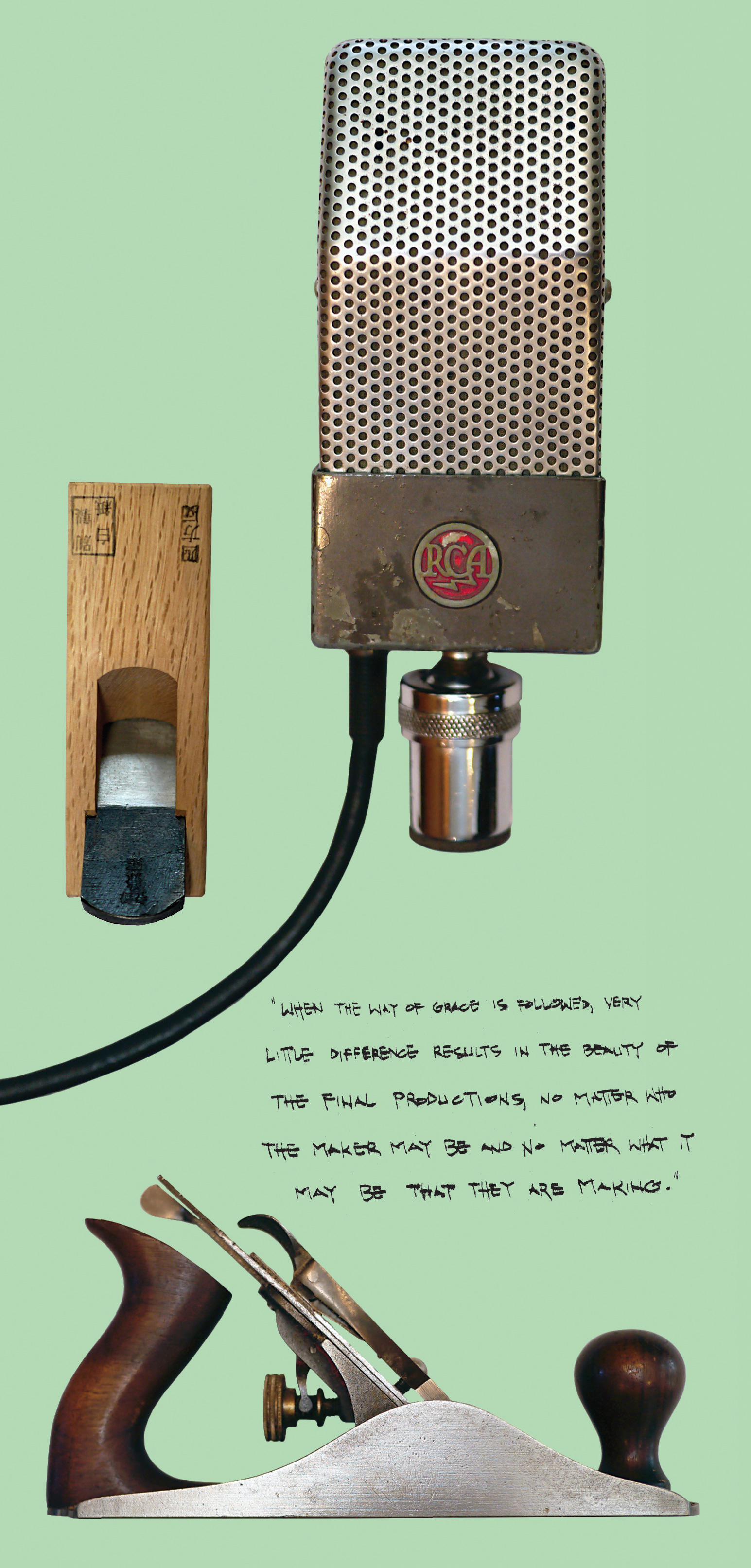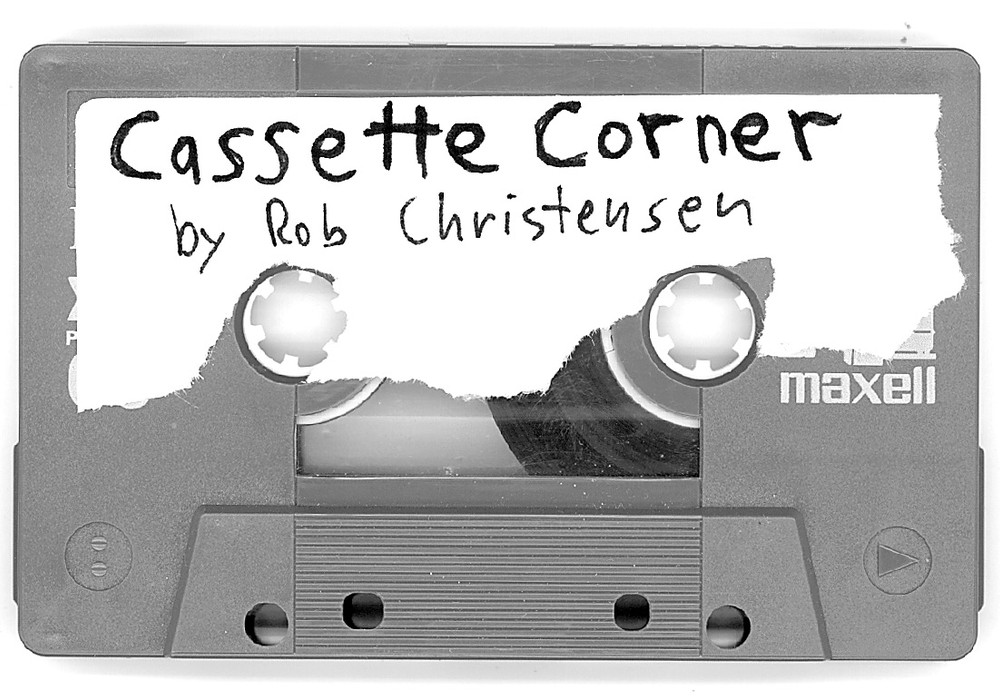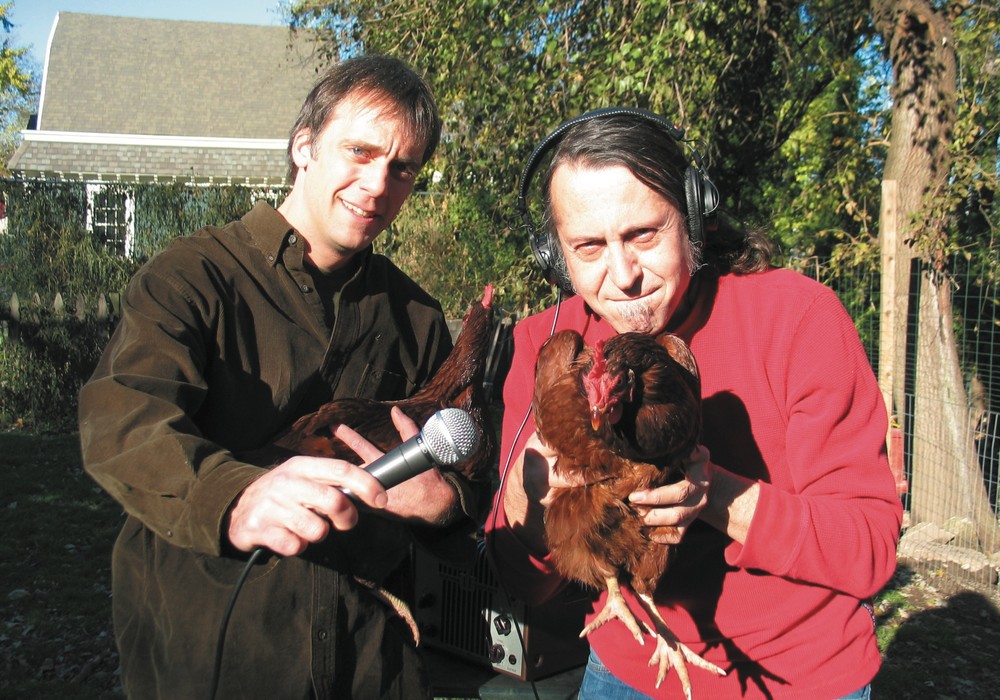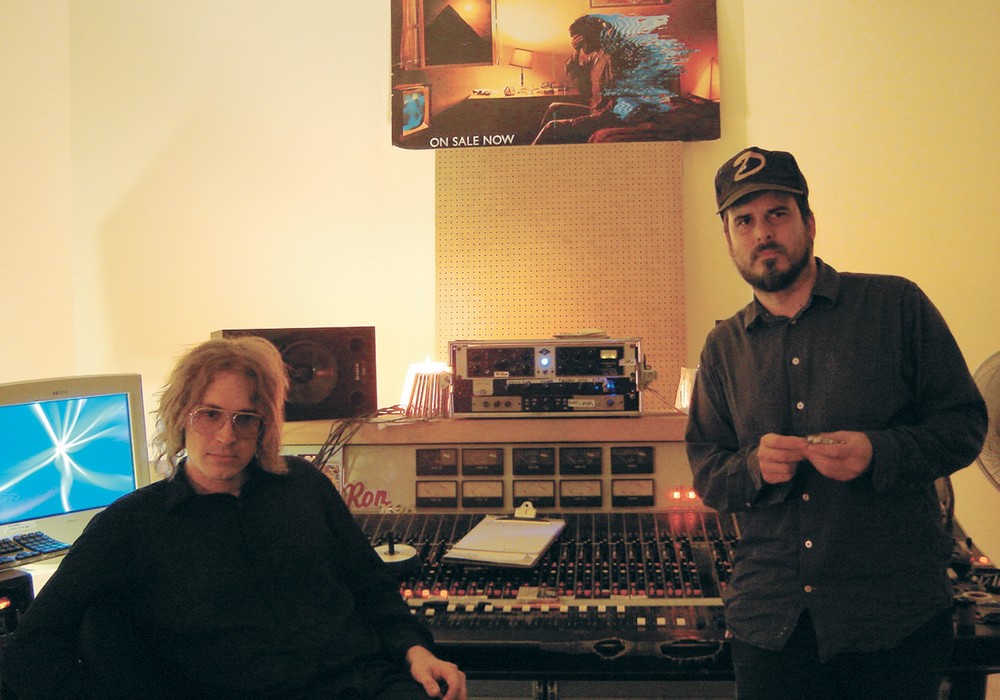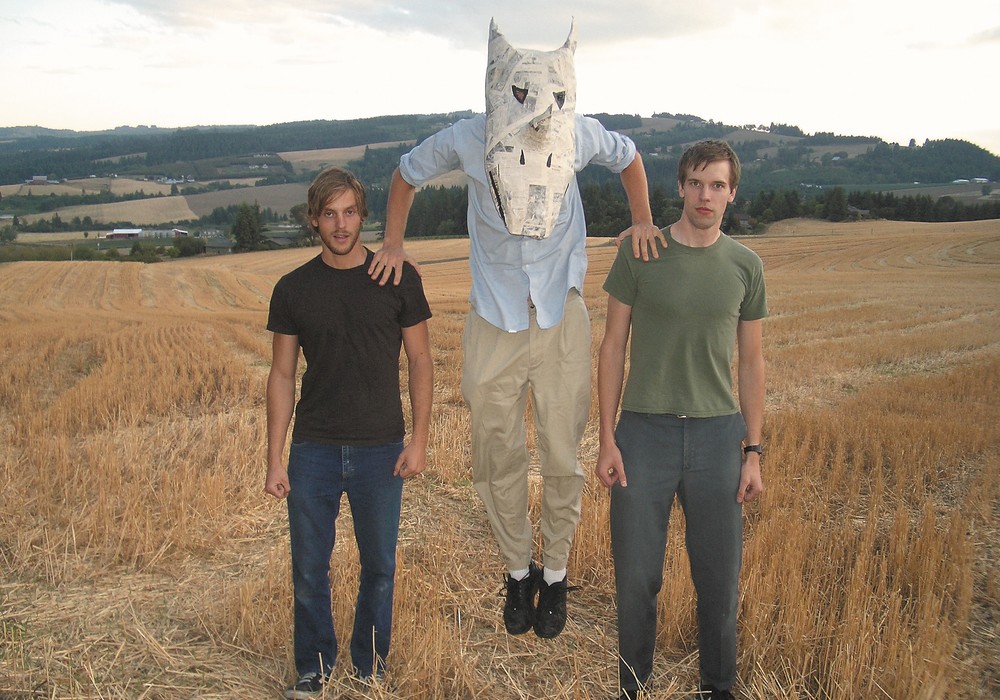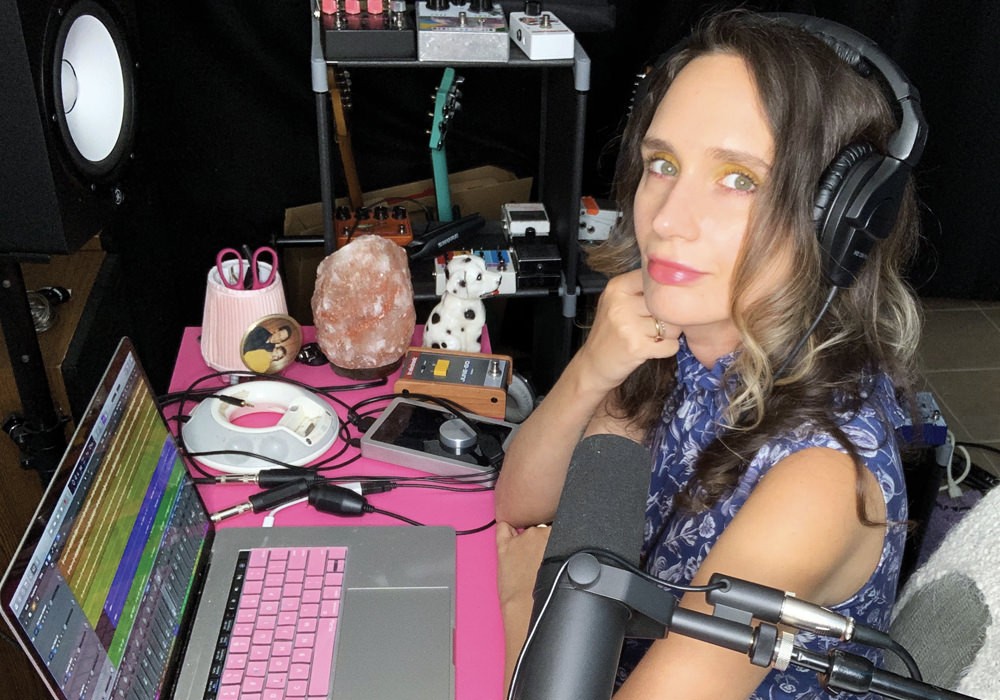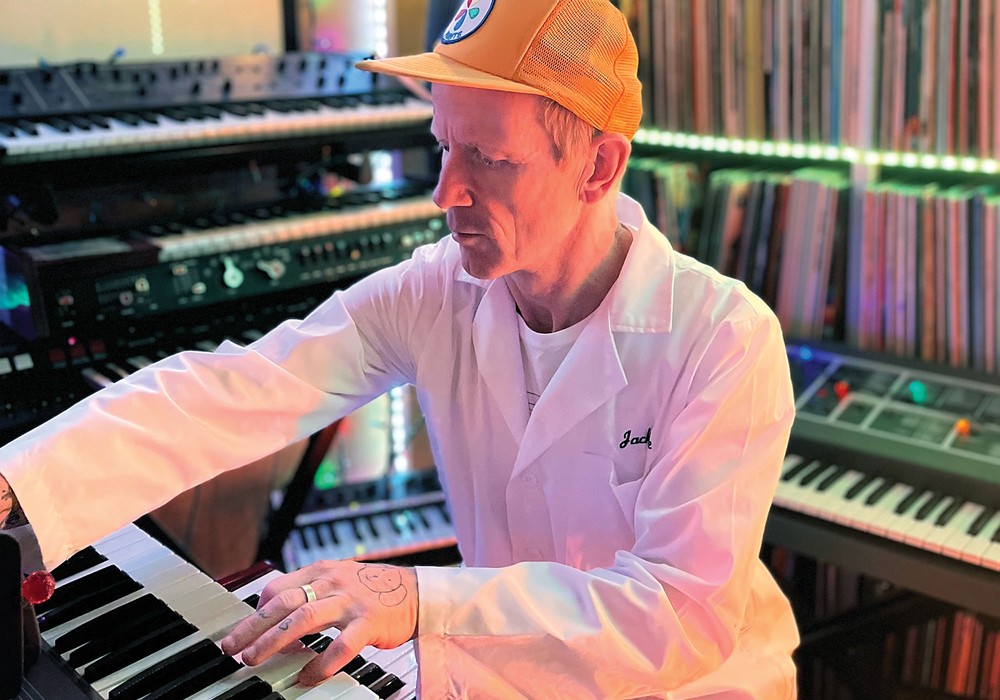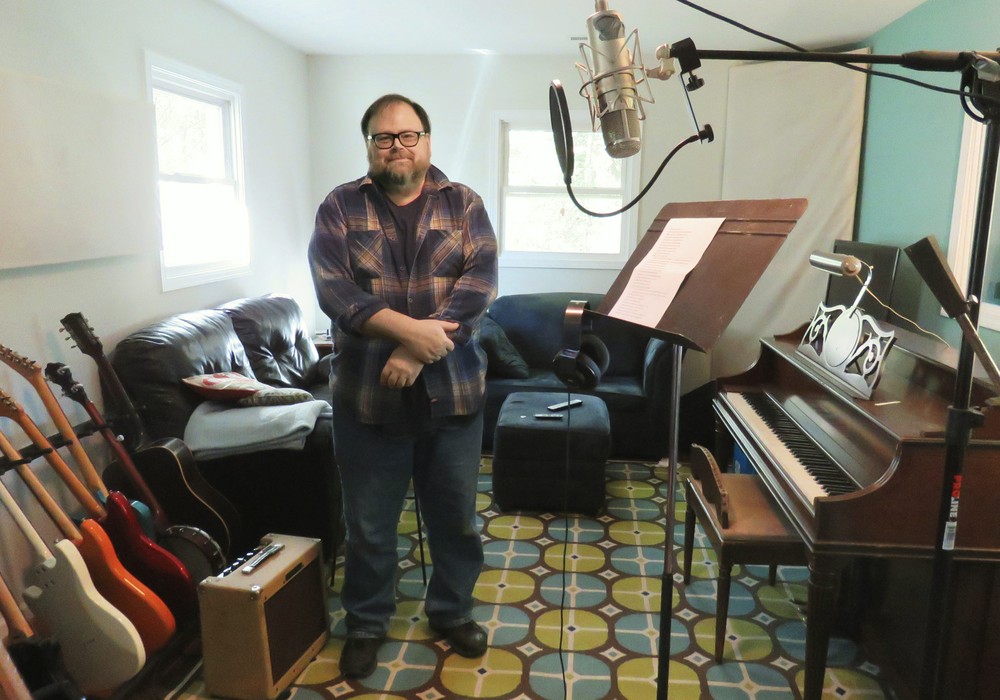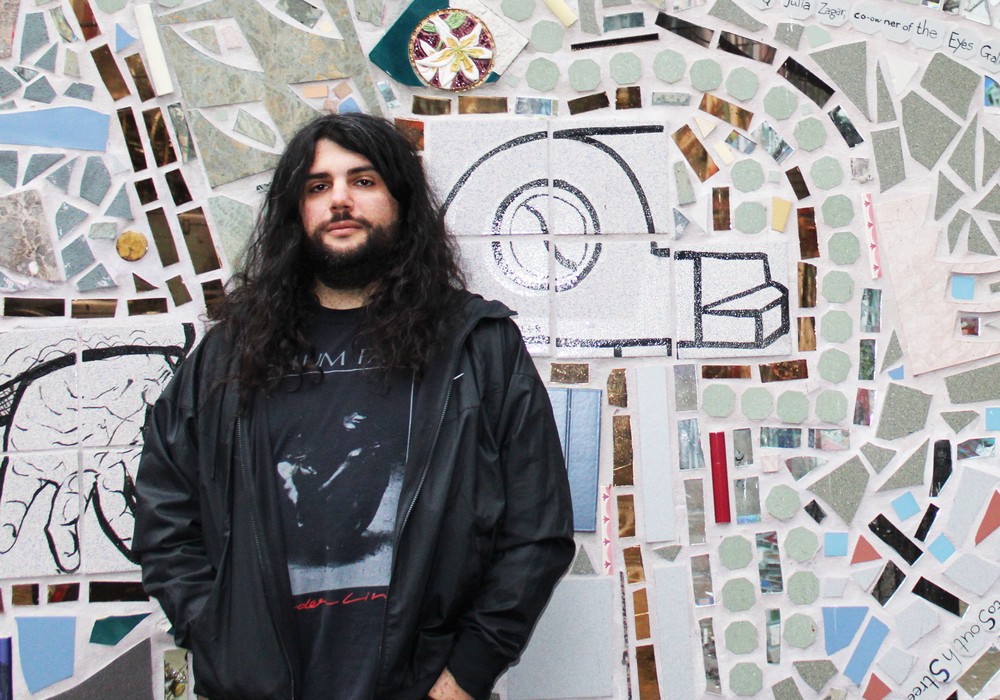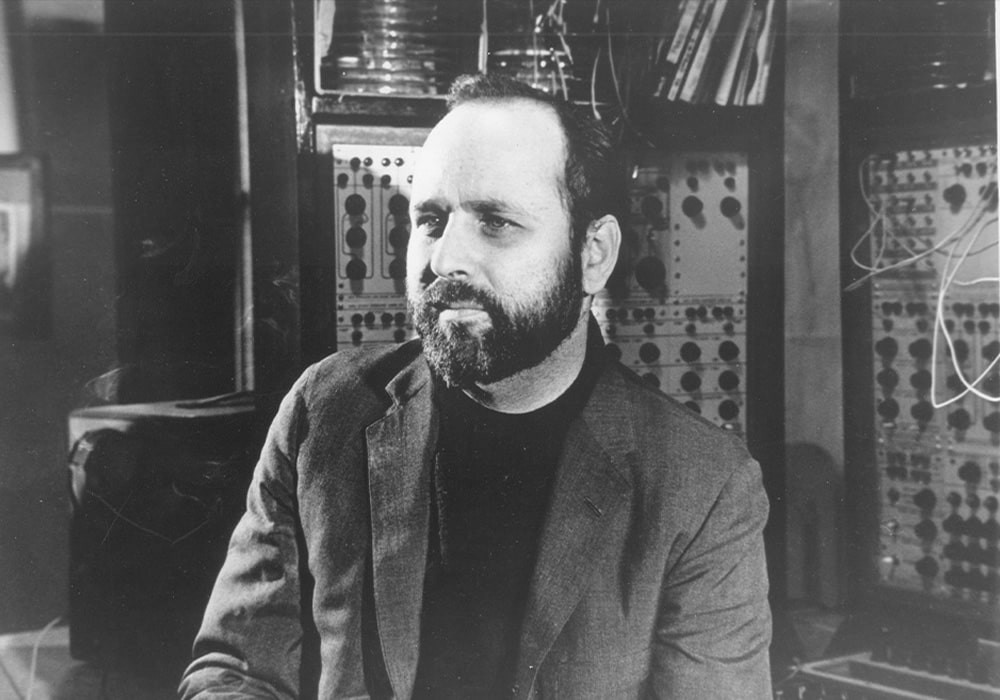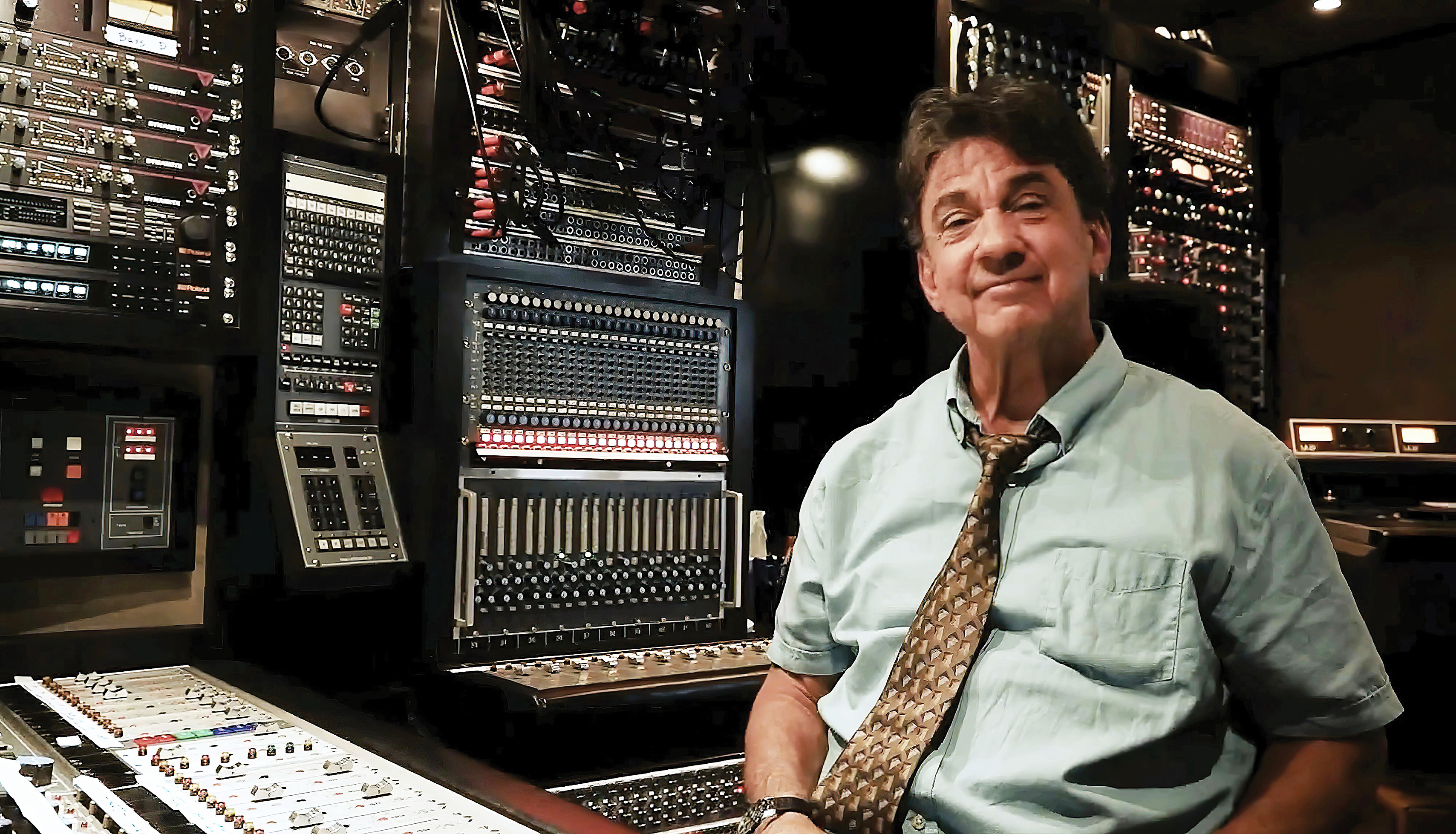
Niko Bolas is a class act. For over 40 years he has operated as an engineer, mixer, and producer. One look at his extensive discography immediately evidences the fact that he is beyond skilled and obviously personable. He works on and off with Neil Young (Barn, This Note’s For You), on posthumous Prince releases, LeAnn Rimes, Sheryl Crow, KISS, Devendra Banhart, and even with the Circle Jerks. He ensures he connects artists with the universe’s waves of creativity. Additionally, he also helped connect the world with the first internet radio device. But first and foremost, he is a record maker, and a has a rare talent that gets to the heart of record-making. -RS
Roman Sokal’s Interview:
How do you veer between clean, pristine sounds and mucked-with sounds? How do you approach the differences as an engineer, as well as see the different colors as a producer and mixer?
It’s all the same thing, really. If a producer is explaining to me something that they want to hear, then it’s up to me to figure out their adjectives. That’s the joy of the art of engineering. I experiment, and I experiment on my own time. I practice a lot. I use all kinds of weird plug-ins and pieces of gear. Plug it in, try it, and see what it does. So, when I work with somebody, especially when I work with somebody new who tells me they want a certain sound, be it that they use color adjectives, sonic adjectives, or real-world adjectives – like, “I want it to be beautiful” – I go with my intuitive reaction to what they’re saying. The more I get to know them, the faster I can figure out what it is they’re explaining. The real secret is I have to take my own ego out of it and try and be a palette and a paintbrush for somebody else. It’s a real challenge, and it’s a lot of fun if I get it right. It’s all the same. A dirty sound and a clean sound are just two different adjectives. It’s sound. We’re moving air. I don’t really have a differential.
You came up in the traditional, old school studio way, by being an assistant?
Yeah. I loaded a remote truck for a guy named Brad Pinkstaff. Then, at Silverlake Studios, I worked for a brilliant engineer named Steve Millang. He said, “If you can fix the roof, you can hang out.” I stayed with Steve Millang for about six months. Then Val Garay [Tape Op #112] hired me. We met because I was taking pictures of his Corvette for Hot Rod Magazine. We hit it off. He was building a studio called Record One, which became famous and is still rocking – it’s Dr. Dre’s studio now. It was an amazing facility and was Val’s brainchild. I went to work for him as a liaison between the construction crew, and then at nights I was allowed to hang out. Quite frankly, I just never went home and now it’s been 44 years.
What gig or gigs have been memorable or challenging? Were there any situations where you had to apply psychology skills?
Well, that’s every session. [laughter] The first psychology skill you have to have is patience. That applies to yourself. It’s so that the person who is creating can have the space to do that. If you’re going to do anything, offer that freedom in whatever language works. For some people it could be, “Why don’t we stop and order food?” For some it could be emptying the control room and getting all the friends out of there so they can actually pay attention. Most artists tend to be very, very friendly, jovial people, and a lot of people like to be with them. If somebody has to really focus on something, they’re not rude. Sometimes my job is to be rude and empty the control room so they can pay attention. Sometimes it’s the opposite. They’re not getting it, nothing’s happening, and they need inspiration. Open the doors and hope people come to visit. It’s all different. The important things to realize are: First, it’s not your picture on the cover, so your job is whatever it takes to make that person a better artist than they would have been if you weren’t there. The second thing to remember is that as long as you give that effort, whether or not you got a take that day doesn’t matter. The takes are not up to us. Takes come from the universe.
Indeed.
Show up, give 100 percent, and do the best you can to be the best you can. It could take a month before you get a song to where you play it back and go, “That’s the recording we’re going to share with the world.” Or it could take three and...
